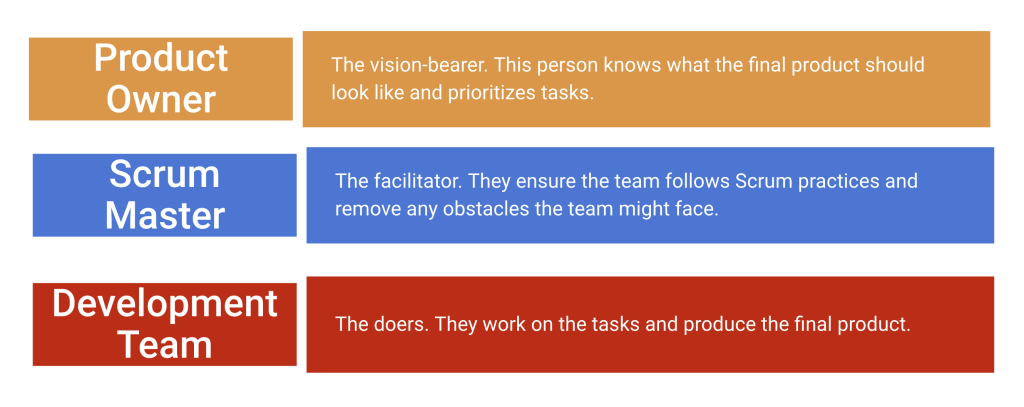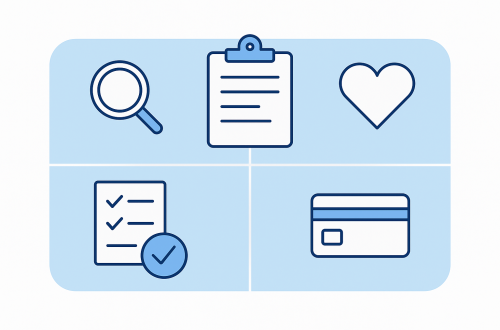
Scrum Fundamentals: Breaking It Down with Everyday Examples
If you’ve ever dabbled in the realm of project management or software development, you’ve likely stumbled upon the term “Scrum.” No, it’s not a British term for a rugby huddle but a methodology designed to enhance team collaboration and streamline projects. Still sounds complex? Let’s break it down using everyday examples to make it simple!
What is Scrum?
At its core, Scrum is an agile framework used primarily in software development, but it’s versatile enough for many types of projects. Think of Scrum as a recipe for managing projects. Just as you’d follow steps in a cookbook to make a delicious pie, Scrum provides steps for teams to produce high-quality results.
Imagine you’re planning a party. You have a list of things to do, such as sending invites, decorating, and preparing food. Scrum is like having a guide that helps you organise these tasks efficiently, keeping you and any helpers on track.
Key Components of Scrum
Roles

Now lets see the roles in our party scenario:
- Product Owner (PO) – In our party scenario, the PO decides the theme, guest list, and menu. They know what they want the party to be like.
- Scrum Master (SM) – Think of the SM as a party planner or coordinator. They ensure everything goes smoothly and solve any last-minute crises.
- Development Team – These are your friends or hired help who cook, decorate, or set up the music system for the party.
Artifacts

Now lets see the artifacts as part of our party scenario:
- Product Backlog – Your party to-do list, ranking tasks from most to least important.
- Sprint Backlog – Choosing specific tasks like “buy decorations” or “send out invites” to be completed this week.
- Increment – After one week, you might have your invites sent and decorations ready – that’s your increment!
Events

Now lets see the events as part of our party scenario:
- Sprint – Give yourself two weeks to prepare everything for the party.
- Sprint Planning – Before the first Sprint begins, you and your helpers gather to discuss the tasks. It’s determined that sending out invites is crucial and should be the first priority. In this planning session, you’d decide who is responsible for designing the invites, handling the guest list, and sending them out. You’d also set a clear goal: All invitations should be sent by the end of the Sprint.
- Daily Scrum – A quick chat every morning with your helpers to plan the day.
- Sprint Review – Reviewing what’s ready for the party and what’s left.
- Sprint Retrospective – After the party, discuss what was a hit and what could have been better.
Why Use Scrum?
Dive into the exhilarating world of Scrum and watch your team transform! In this dynamic environment, Scrum empowers teams to pivot swiftly and respond to changes with lightning speed.
Imagine a formula that accelerates your results and ensures they’re top-notch. That’s Scrum for you! It isn’t just about getting work done; it’s about fostering a culture where feedback is gold and collaboration is the currency. In our fast-paced world, Scrum is the secret weapon every team needs to stay ahead, innovate, and excel. Embrace Scrum and unlock a whole new level of efficiency and teamwork!
Wrapping Up
With its roles, artefacts, and events, Scrum provides a structured yet flexible way to manage projects. And as we’ve seen, its principles can be applied to more than just software development. Whether you’re hosting a party, planning a trip, or launching a new product, the essence of Scrum—to prioritize, adapt, and deliver incrementally—can guide you to success.




